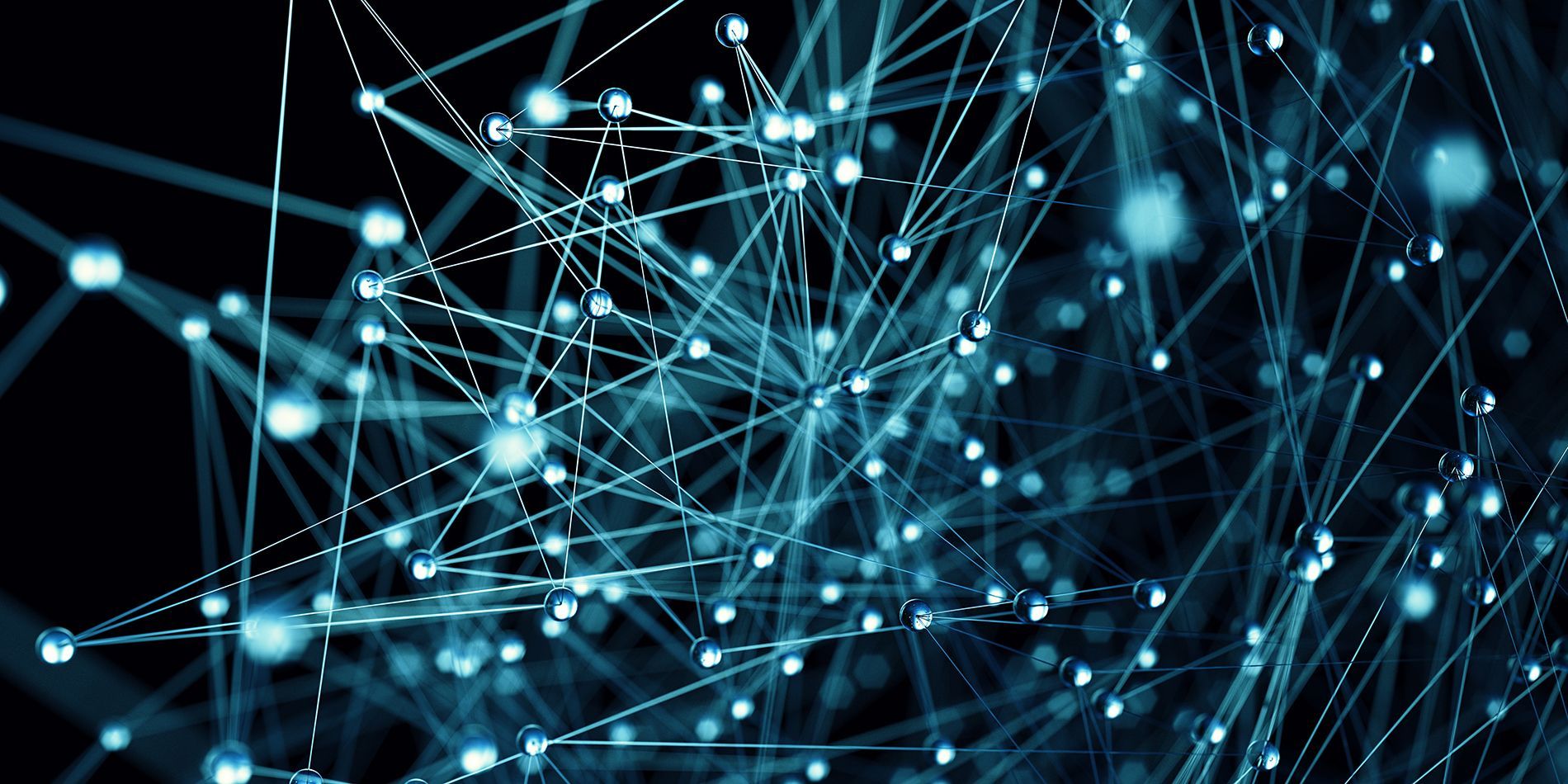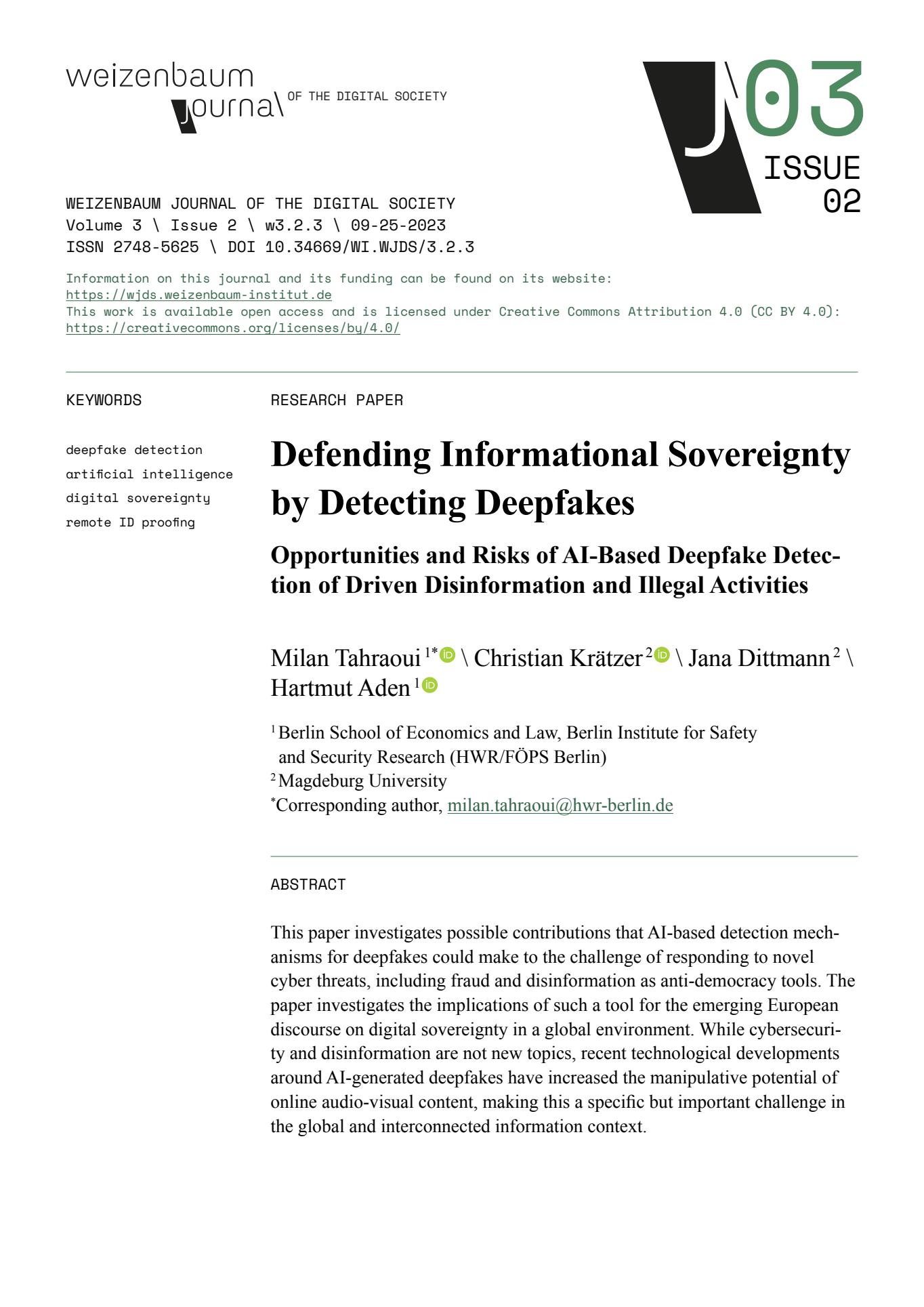
Research Project FAKE-ID
FAKE-ID: Society & Science
Deepfakes can be defined as manipulated or newly generated digital media and content which was created with the help of artificial intelligence (AI). Previously a niche product of the IT scene, in recent years they have been used for visual effects in large film productions and are now used in many areas of science and politics. Their production is based on the use of complex technical methods of “deep learning”. Their effect is based on the fact that they are regularly perceived by recipients as ‘real’ events, even though the images, videos or sound recordings are illegitimate.
Today, many forms of manipulation or falsification of information are possible through deepfakes: actors can be replaced, events can be transferred to other locations, or the chronological sequence of events can be changed. Even completely fictitious actions of freely invented actors can be generated through AI and credibly presented in the form of deepfakes.
At the same time, deepfakes can now be created in high technical quality without any programming knowledge and with few resources (e.g., with the help of apps). Against this background, deepfakes raise numerous questions about “reality” and “truth” as well as the social opportunities and risks of this technology.
Related News
-

New Publication: Deepfakes – Artificial Intelligence as an Element…
Our FAKE-ID project was represented with a presentation at the annual conference of the Forum Privatheit in September 2021. Now the corresponding anthology has been published by Nomos Verlag as an open access EBook.
DEEPFAKE | TOPICS
PUBLICATIONS
-

Defending Informational Sovereignty by Detecting Deepfakes:Risks and Opportunities of an AI-Based Detector for Deepfake-Based Disinformation and Illegal Activities
More: Defending Informational Sovereignty by Detecting Deepfakes:Risks and Opportunities of an AI-Based Detector for Deepfake-Based Disinformation and Illegal Activities
-

Deepfakes – Artificial Intelligence as an Element of Political Influence and the Perspective of an Authenticity Test
More: Deepfakes – Artificial Intelligence as an Element of Political Influence and the Perspective of an Authenticity Test
CONTACT
Anna Louban
Hochschule für Wirtschaft und Recht – FB 5
Alt-Friedrichsfelde 60
10315 Berlin
GERMANY
e-mail: fake-id-projekt@hwr-berlin.de
Phone: +49 30 30877 2695

